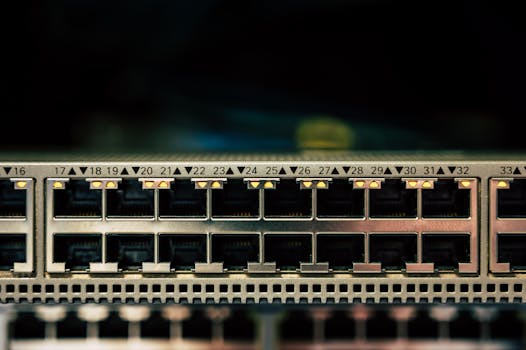
Starlink: Revolutionizing Global Connectivity with Satellite Internet
Starlink is a satellite constellation developed by SpaceX, a private aerospace manufacturer and space transport services company founded by Elon Musk. The project aims to provide high-speed, low-latency internet connectivity worldwide, especially in areas where traditional fiber-optic or cellular networks are limited or unavailable. With its ambitious goal of launching thousands of satellites into orbit, Starlink is poised to revolutionize the way we access the internet.
As of now, Starlink has launched over 3,000 satellites into orbit, with plans to launch many more in the coming years. The constellation is designed to provide global coverage, with a focus on areas that are currently underserved or unserved by traditional internet service providers. By using advanced satellite technology and a large constellation of satellites, Starlink can offer fast and reliable internet connectivity to even the most remote areas of the world.
How Starlink Works
Starlink uses a combination of advanced technologies to provide high-speed internet connectivity. Each satellite in the constellation is equipped with a phased array antenna, which allows it to steer and shape its beam to optimize performance. The satellites also use a technique called beamforming, which enables them to focus their signal on specific areas, reducing interference and increasing the overall quality of the connection.
When a user connects to the Starlink network, their device communicates with the nearest satellite, which then relays the signal to a network of ground stations. These ground stations are equipped with high-gain antennas and advanced networking equipment, allowing them to quickly and efficiently route internet traffic. The result is a fast and reliable internet connection that is comparable to traditional fiber-optic or cellular networks.
Benefits and Features of Starlink
Starlink offers a range of benefits and features that make it an attractive option for individuals and organizations looking for reliable and fast internet connectivity. Some of the key advantages of Starlink include:
High-speed connectivity: Starlink offers speeds of up to 1 Gbps, making it ideal for applications that require fast and reliable internet, such as online gaming, video streaming, and cloud computing.
Low latency: Starlink’s advanced satellite technology and beamforming capabilities enable it to provide latencies as low as 20 ms, which is comparable to traditional fiber-optic networks.
Global coverage: Starlink’s constellation of satellites provides global coverage, making it an ideal option for individuals and organizations that need to connect to the internet from remote or underserved areas.
Affordability: Starlink’s pricing is competitive with traditional internet service providers, making it an attractive option for individuals and organizations looking for affordable and reliable internet connectivity.
Impact on the Telecom Industry
Starlink is poised to have a significant impact on the telecom industry, as it challenges traditional internet service providers and offers a new and innovative way to access the internet. With its global coverage and high-speed connectivity, Starlink is likely to attract a large number of customers, especially in areas where traditional internet services are limited or unavailable.
The impact of Starlink on the telecom industry will be felt in several ways. Firstly, it will increase competition, driving down prices and improving services. Secondly, it will enable new applications and services, such as online gaming, video streaming, and cloud computing, in areas where they were previously not possible. Finally, it will provide a new and innovative way to access the internet, one that is not dependent on traditional fiber-optic or cellular networks.


